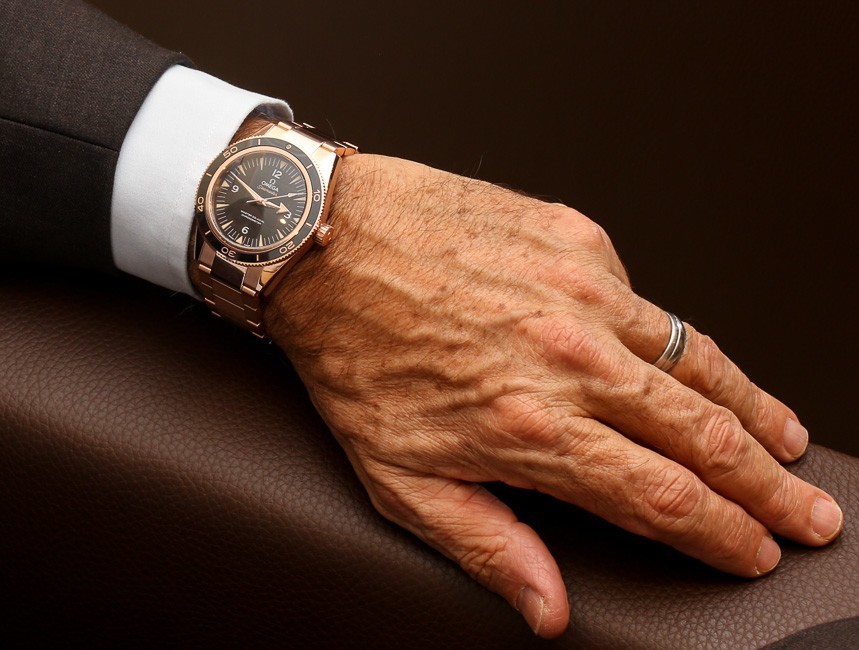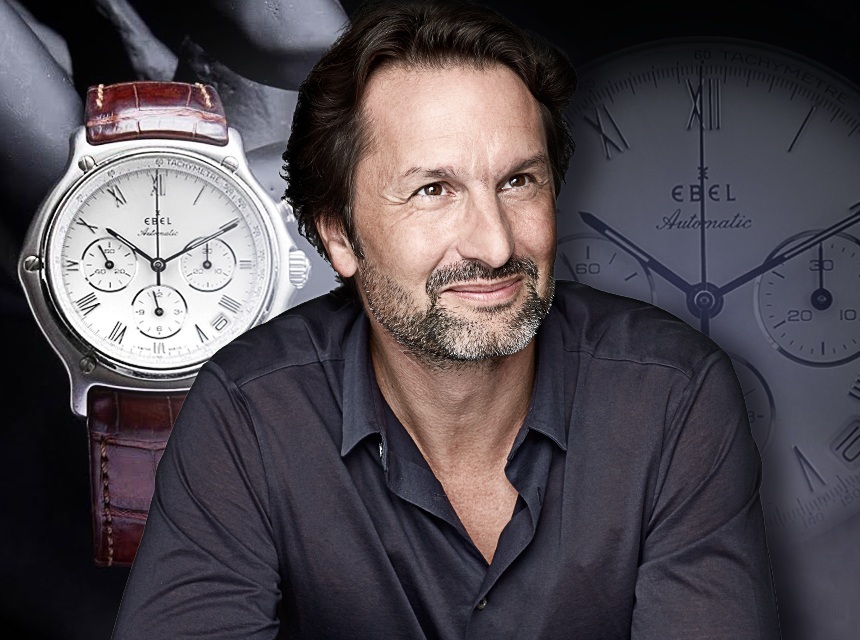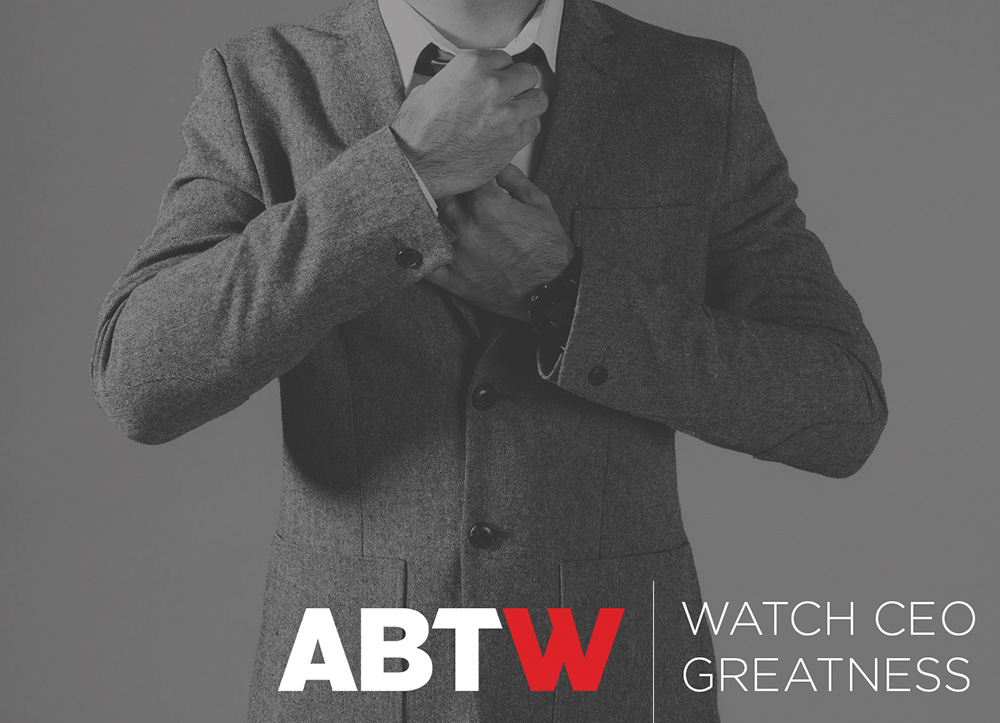
So you wanna be a watch industry CEO superstar? Maybe you’d like to know some of the likely attributes the people who run your favorite watch brand may have. If you want to run a watch company or are interested in why I think some of the better brands exist as they do today, then continue reading. In this article, I might not talk about watch products or offer too much advice for a consumer, but in addition to offering my perspective to the watch industry, I hope to open the consumers’ eyes to some of the good and bad practices involved in captaining a successful watch brand.
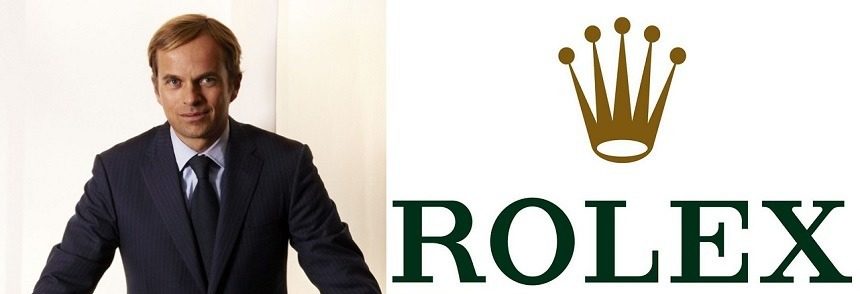
Running a watch brand isn’t easy. It takes the right personality, good instincts, and the fortitude to do what your heart says is right. With that noted, being an effective watch industry executive requires a combination of skills, some of which are arguably contradictory, as well as being able to use common sense in the heat of a diplomatic dilemma when you won’t be able to make everyone happy. Success, as in most industries, is in thinking fast and having conviction in your decisions. As basic as some of this sounds, you’d be surprised how often the right qualities are missing from watch industry CEOs and other executives.
Effective watch industry executives must also play well on a variety of fields and in situations ranging from speaking to stakeholders, managing production realities, communicating with the media, guaranteeing customer satisfaction, and ensuring that there is always a future to look forward to. The topics I cover below are each of the areas that effective executives must master in order to navigate the tricky and difficult waters that are today’s luxury watch industry.
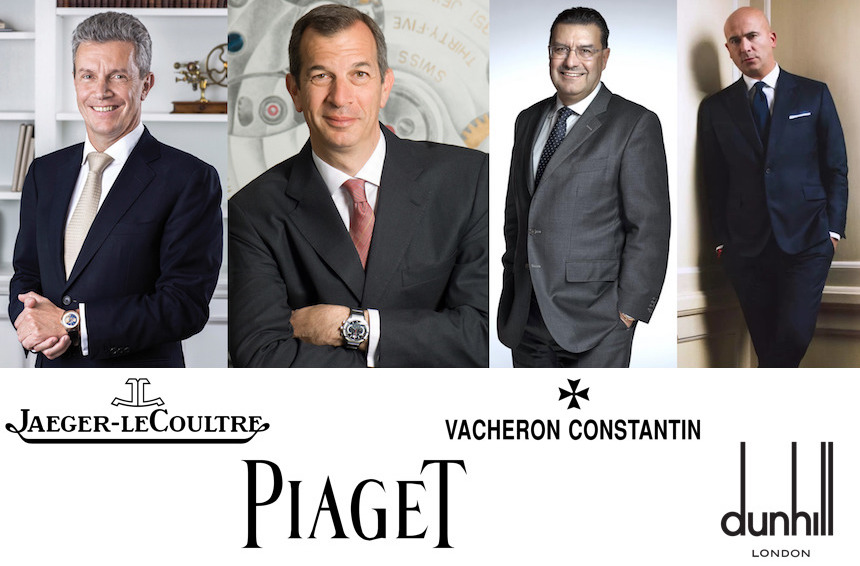
I am not now nor have I been in the position of acting as the CEO of a watch company (so I won’t pretend as though I’ve been in their shoes). I do, however, run a company that has dealt with many various watch CEOs over the years and have seen a lot of good and bad practices. As you know, I started and run the largest watch magazine which comes with its share of “business realities” and lessons that have further helped me offer well-meaning advice to the people who I’d like to address. My biggest qualification is that I’ve worked with such a large range of watch industry executives from various brands from different countries that sell watches at different price levels. Today, the discussion is about the people who run watch brands, and it makes my life easier, as well as that of people who make and sell watches to have excellent executives at the helm.
Moreover, while my advice should be highly applicable to a range of watch industry executives, the primary position that I am referring to is either CEO or President, or some similar type of top-level management and operational role. In my years meeting, interviewing, and profiling watch industry CEOs, I’ve encountered a lot of people, whose diversity is appreciable, but whose talents and also missteps tends to be common. Perhaps someday I will be in a position to test my theories by running a watch brand personally. Until then, please allow me to share with current and future watch industry executives a few lessons/ideas/practices that I feel are crucial to learn and master.
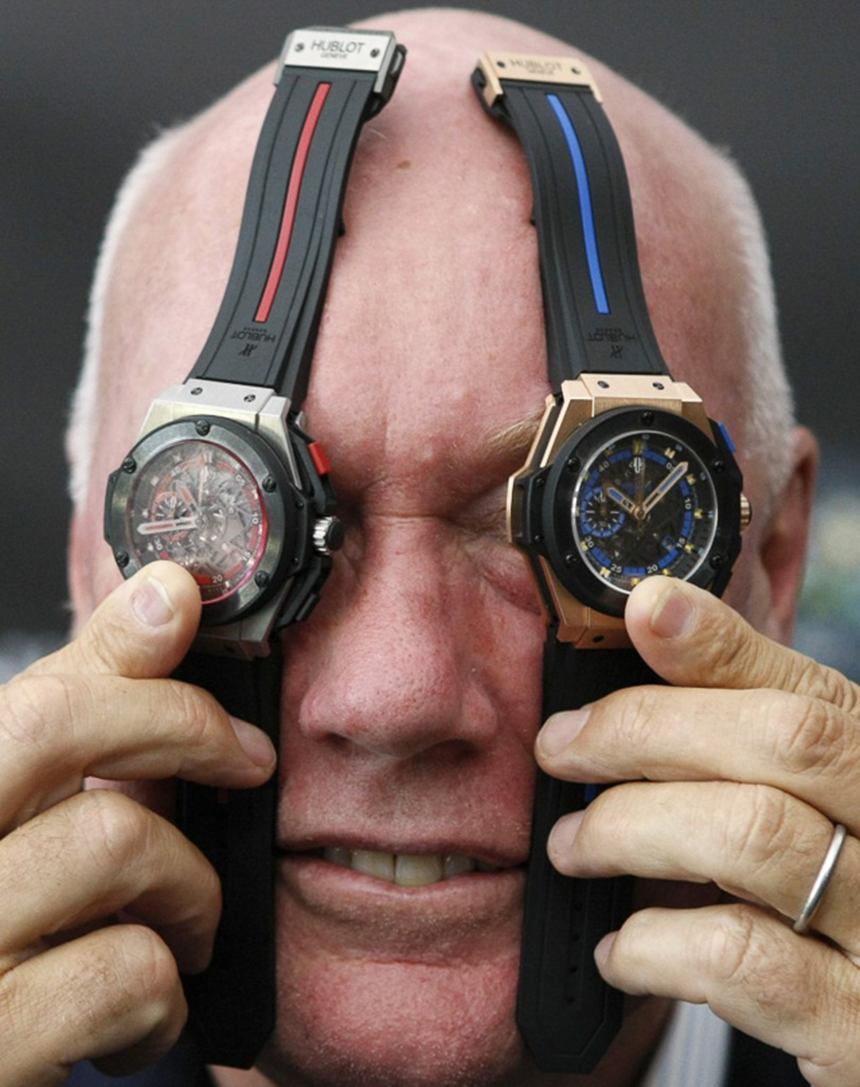
Be A “Product Guy”
…Or “product gal.” This term is used merely because, at least for now, the majority of people who run watch brands are men. Let’s just say the watch industry is a ripe candidate for an influx of diversity. Anyhow, let me say this as clearly as possible because being a “product guy” is THE most important lesson to take away from this entire article if I could point out just one thing. If you run a watch brand, you better be interested in watches or be ready to get interested in watches immediately.
Items such as luxury wristwatches are “passion products” which means emotion must be a core element of their design, production, marketing, and consumption. Anyone in the stream who simply isn’t interested in the product itself will cause enormous problems. As everyone knows perfectly well at this point, no one needs watches as an essential utilitarian item anymore. Rather, people want watches as status, art, or collectible items. If you are involved in producing such items, you must have at least some appreciation for why people buy the product. Otherwise, you are just going to be lost and will have to follow the advice of other people and really never have a good idea of what the company is selling or why.
Being a product person is more than simply liking watches if you are a watch industry CEO. A product-focused executive actively takes a lead in deciding what new products are designed and released. Further, being a product person will allow any CEO the ability to have an understanding of the volume of research and development that is merited for a particular product, and how to gauge possible consumer reactions.
Watch industry CEOs come from a variety of backgrounds – many of them are lifelong veterans of the watch industry itself. More and more, the watch industry is hiring outsiders to come in and bring “new blood.” We’ve seen people coming from the worlds of shoes, fashion, electronics, car, finance, and insurance that end up in the watch industry. It isn’t required that watch brand CEOs know everything there is to know about watches or their own brand, but they certainly need to harbor a serious appreciation of the product to understand its value to consumers, plan on how to improve the brand, and to known when and how to listen to outside advice. If you are running a watch brand, it is almost essential that you are a product person.
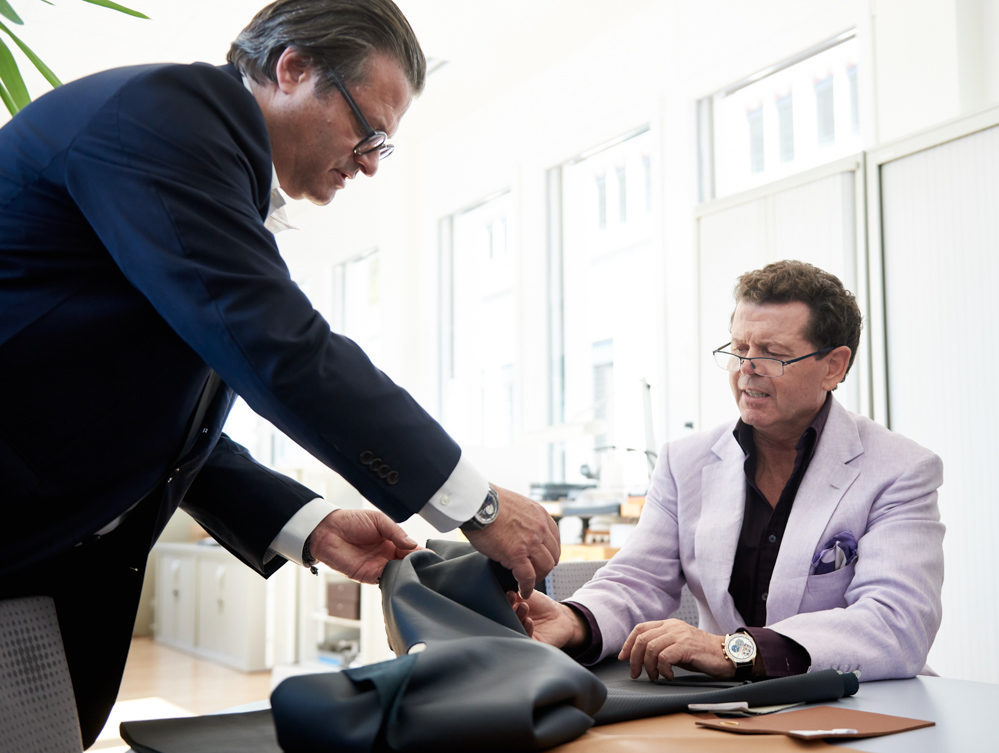
Balance Data-Based & Emotional Decisions Wisely
The luxury and art industry has a reputation for making emotional versus data-driven decisions. This is a plus or negative depending on how you look at it, as well as the situation. Ask yourself the question of whether a beautiful painting can be designed by a committee with numbers? Can data and statistics alone be used to predict what consumers will want and how to best satisfy them? Not likely. We simply don’t have artificial intelligence advanced enough to use data to create art that people want. We still rely on artists for that.
Watches are like art in that most people purchase them for emotional reasons and to enhance their lives. Even people who spend small amounts of money on a watch still have tons of options to choose from when simply wanting a wristwatch to tell the time. The decisions most consumers make are emotional decisions because there is a combination of aesthetic and brand appeal value judgements to make in addition to mere price and functionality.
Given that consumers make emotional decisions when buying watches, it would make sense that watch brands would likewise use emotional considerations when making business decisions. If you think about that, in an age of focus groups, consumer research, data points, KPIs, and shareholder expectations, for any major company to make emotional business decisions sounds a bit crazy. Wise or not, emotional decision-making is a hallmark of many companies that exist in the loosely defined luxury industry. The real challenge these brands have is in knowing what emotions to follow.
Thus, the perfect watch industry CEO must connect with and embrace the art of emotional decision-making, but must also temper it with the defensible logic of numbers and the support of data. The watch industry CEO must further act as a buffer between marketing and design professionals who have a reputation as being valued for their emotional decision-making. The production side of a watch brand is typically cold and focused on performance and pride more than competition, earnings, and brand identity. These two “making” and “selling” sides of any serious watch brand are known for infrequently seeing eye to eye. It is the role of the watch industry CEO to manage the dual expectations of these two arms of a watch brand, but also be a strong leader and take action when leading the direction of all the company departments.
There are too many watch industry CEOs who consider emotional decision making as a right and not as a privilege. Making the right decision is a huge responsibility so it is important to follow your heart, but first to educate your heart on all the relevant factors and variables along with supporting data before going with your gut decision. The irony is that many corporate executives are criticized for not making enough emotional decisions and strictly relying on the soft cushion of support that is suggestive data. In the watch industry, the problem is just the opposite.

Make A Face For The Brand
Most major companies do not have a face to the brand – at least not a living one. I would say that the majority of successful companies originally began through the efforts of one charismatic person. If that person has passed away and the company succeeded him or her, then the company typically would not elect a new chairperson-like figure to step in as a means to fill the charisma void.
Still, other companies are very successful at maintaining a face to the brand across a range of people who come in and depart just like the president of a country. In fact, most countries behave like brands in the sense that their leaders represent the goals, ideas, strengths, weaknesses, and character of the country they are seen to lead. In order for a brand to sell, it must have a personality that people can identify with.
Not all companies need faces, especially if they exist to serve established market needs like energy or services. Luxury brands, on the other hand, do not exist to serve readily definable needs, but rather exist to fill more ambiguous ones (e.g., what do you buy for a wealthy 45-year-old who still loves toys but wants to not be seen as a nerd? Oh yeah, a watch). Watch brands serve emotional needs which seem to be common among certain demographics of men and women, assuming they have the right exposure to fine watches.
The question for many marketers is why someone chooses to buy one brand over another. The answer will depend on who you are asking, but the reality is that there is a range of definable elements that contribute to someone wanting to wear one brand or another. The entire concept of “wearing” a brand or wanting to be associated with it is an entirely different conversation. However, a brand must be strong, and it must be relatable. If a brand isn’t relatable, then consumers will find it very difficult to purchase its products because they cannot find commonalities between themselves and said products.
A powerful way for a brand to connect with people is to have a figurehead who has some blend of talent and charisma to draw people’s attention to that brand. This is what brand ambassadors attempt to do, often without success. The public only tends to afford legitimacy to serious brand figureheads who they feel are taking care of or running the brand. For this reason, most of the major watch brands out there are named after a particular person or people. While we want to believe the brands are as important today as in the past because of the products they make, it is often the people who are most remembered – and, again, why most watch brands are named for people.
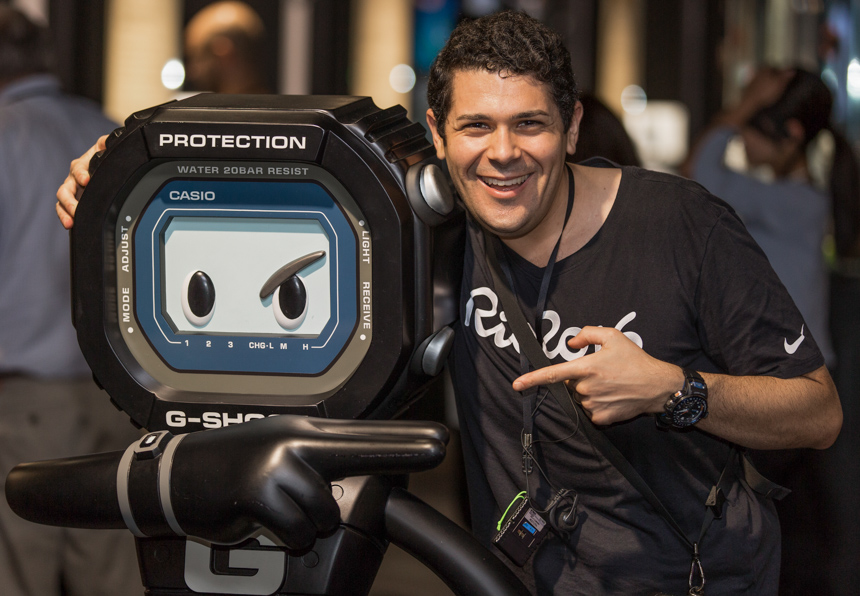
Consumers want to encounter other people out in the world who they feel are like them, and who are doing interesting things and making interesting products. That’s why a lot of people purchase art: not necessarily because they love the art, but because of their connection with who the artist is (especially if they are living today).
It isn’t the fact that all CEOs must act as the face of their brand. While this is an ideal situation to have, a media-non-adept CEO will be wise to select someone else as the face of the brand, even as a figurehead. This could be a designer, historian, watchmaker, or even celebrity figure who is involved with the brand.
Brands without faces can easily suffer from poor customer retention, as well as instances where consumers simply find nothing to relate to. Luxury watch brands have an especially good reason to have a face because they thrive off the human element of their craft. High-end watches are meant to espouse the notion of seeing a watchmaker at a desk hand-finishing parts and assembling movements under visual magnification. Thus, having a more human face (or faces) to the brand allows for potential customers to more readily relate to and thus develop an appreciation for a brand.

